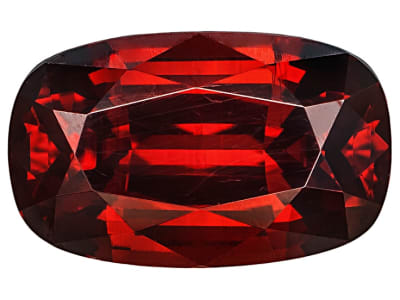Wurtzite is named after French chemist Charles Adolphe Wurtz. It was first described in 1861 after it was discovered in the San José Mine, Oruro City, Cercado Province, Oruro Department, Bolivia. It can be dark reddish brown, yellow to dark brown, to brownish black with a resinous or submetallic luster.
General Information
Wurtzite Colors
-
 Black
Black -
 Brown
Brown -
 Orange
Orange -
 Red
Red -
 Yellow
Yellow
Countries of Origin
Papua New Guinea; Kazakhstan; Portugal; Greece; Austria; Mongolia; Morocco; Unknown; Slovenia; Tonga; Argentina; Hungary; Japan; Ukraine; Zambia; Taiwan (Province of China); Bolivia (Plurinational State of); India; Canada; Belgium; Namibia; Finland; Italy; South Africa; Peru; Germany; Tanzania, United Republic Of; Afghanistan; Russian Federation; Fiji; Viet Nam; Czechia; United States of America; United Kingdom of Great Britain and Northern Ireland; Costa Rica; Netherlands; Sweden; China; Ireland; Poland; Slovakia; Bulgaria; France; Jordan; Kyrgyzstan; Romania; Switzerland; Spain; Mexico; Australia; Tajikistan
Care
Wurtzite has a low mohs hardness and easy cleavage so please take special care when handling stones or specimens.
